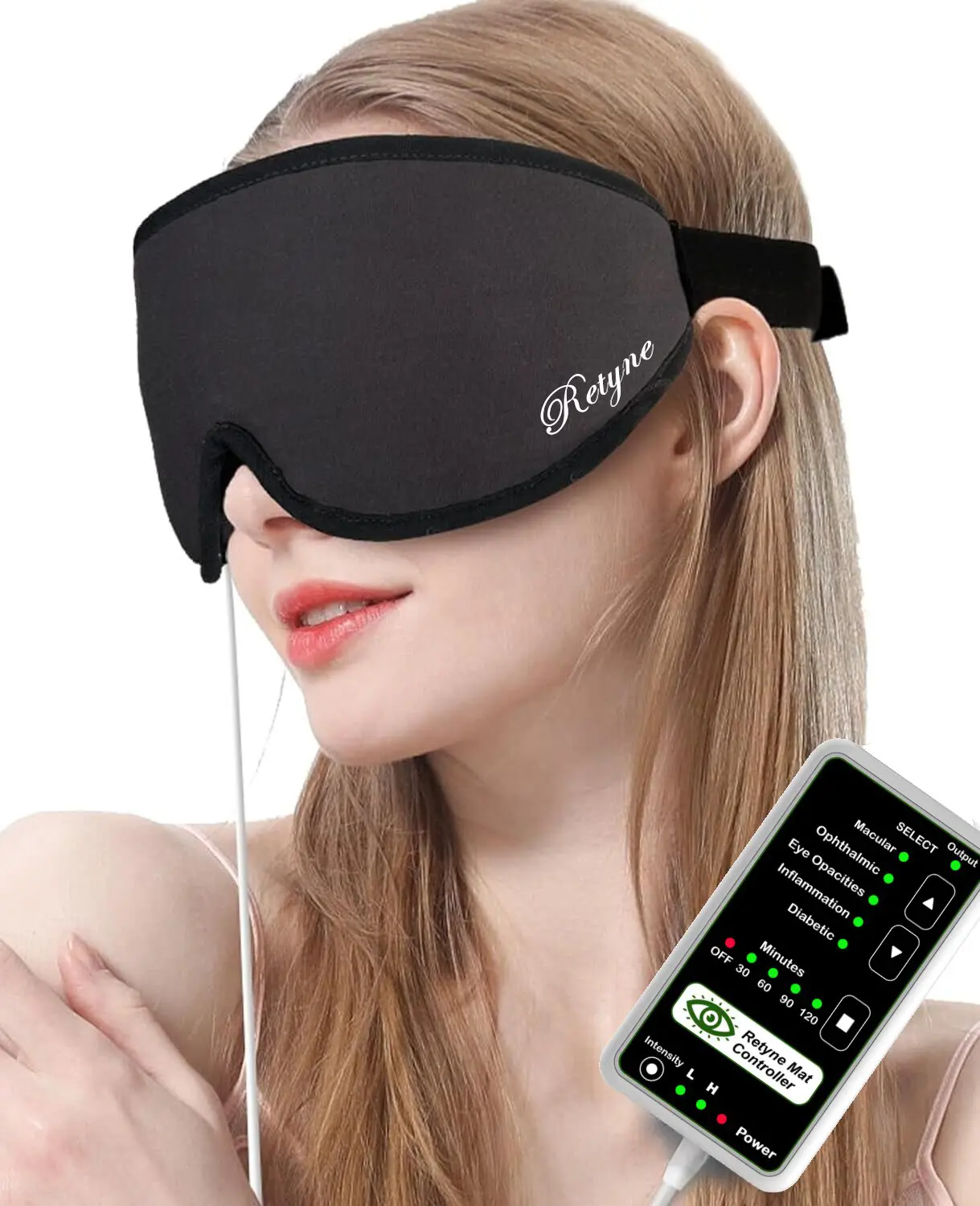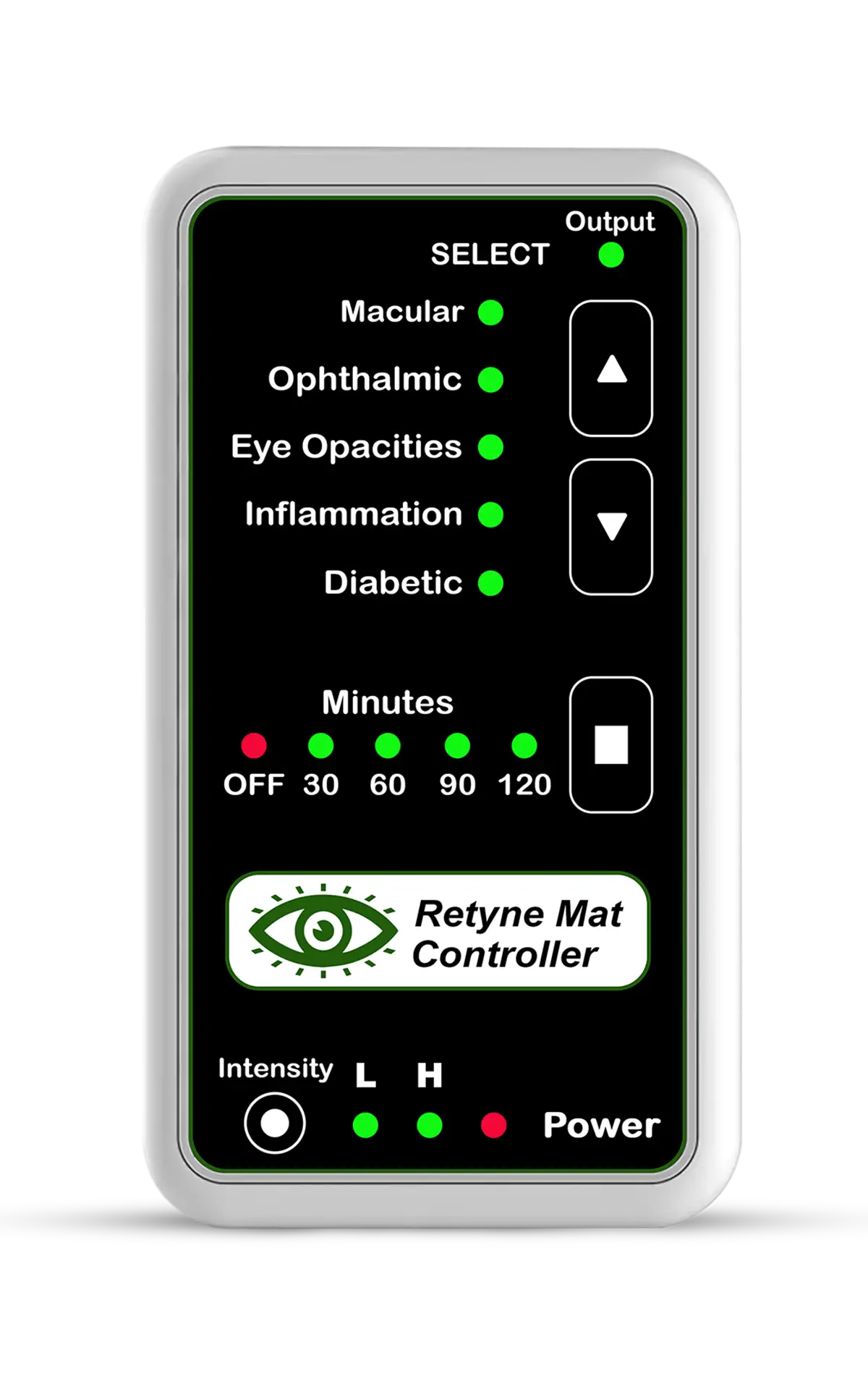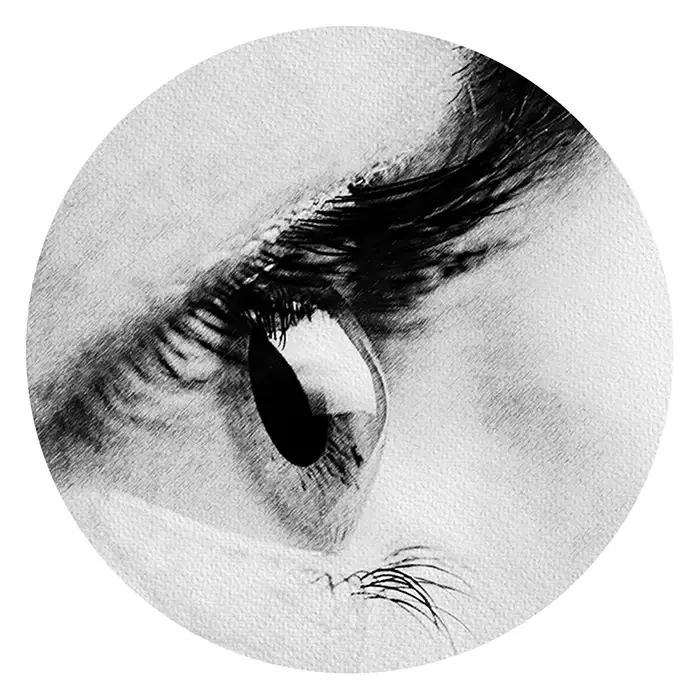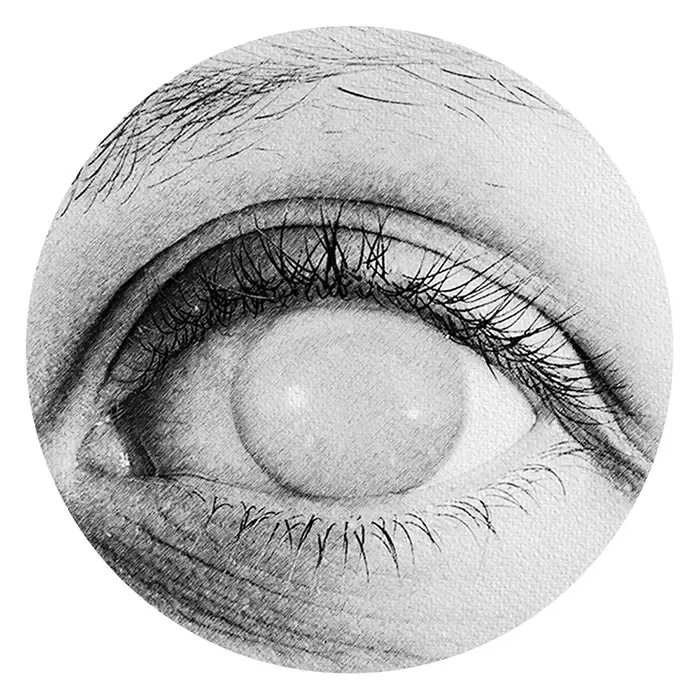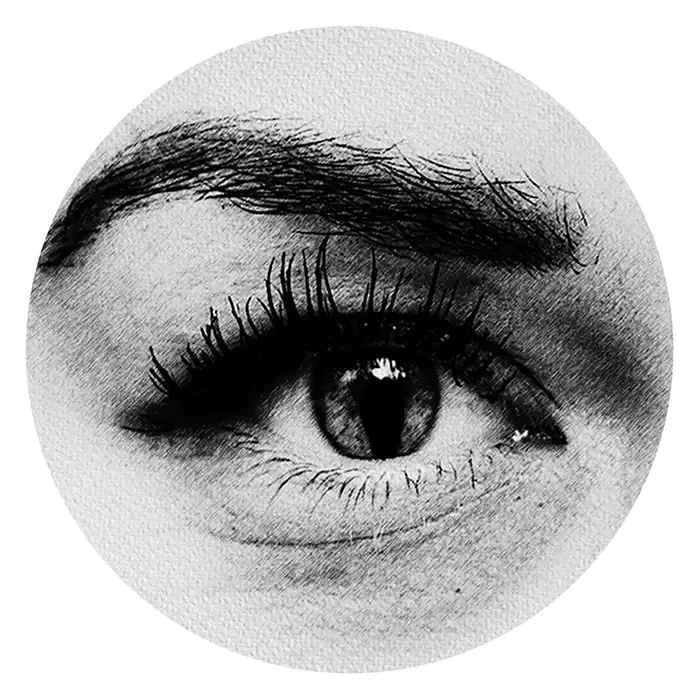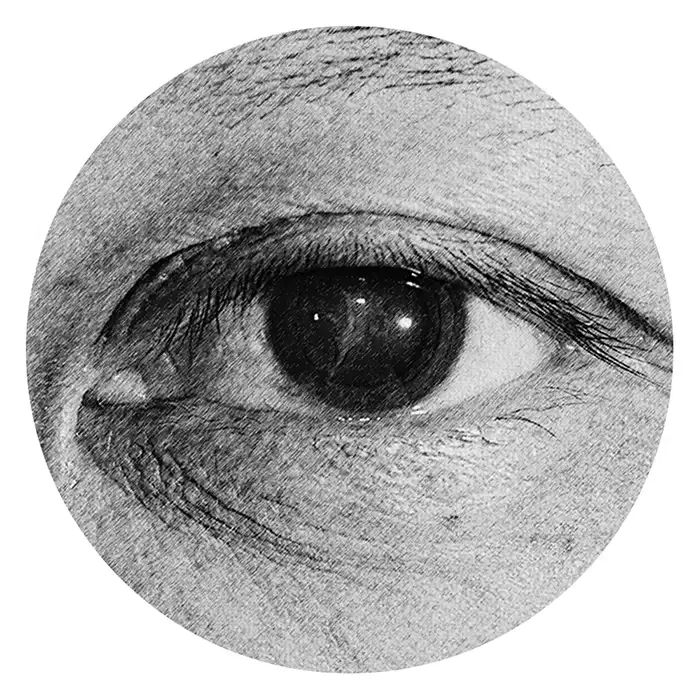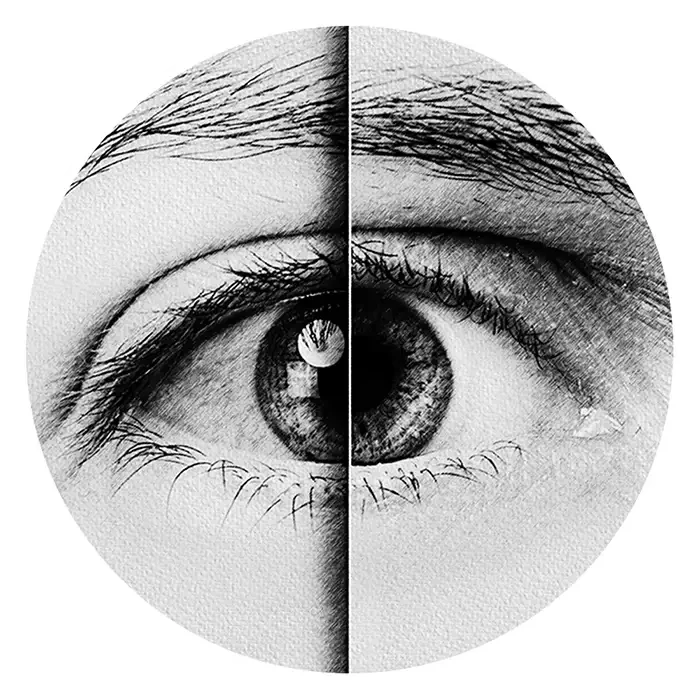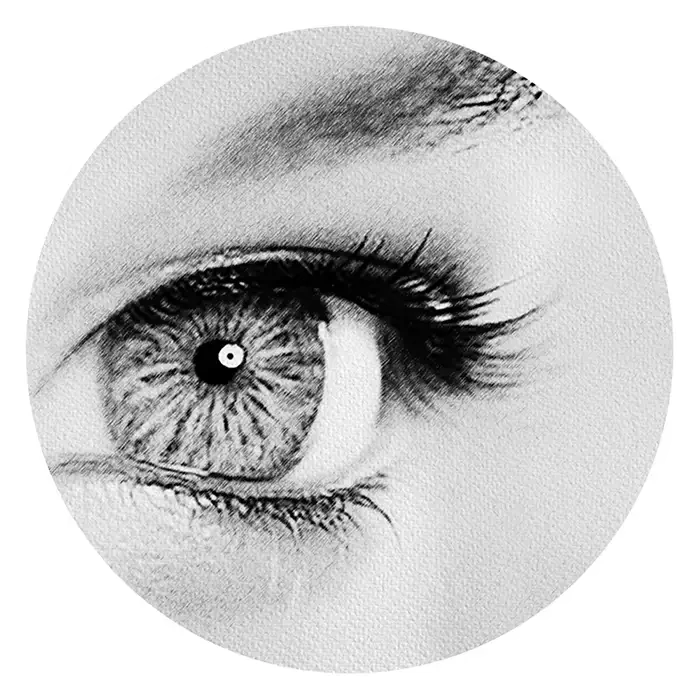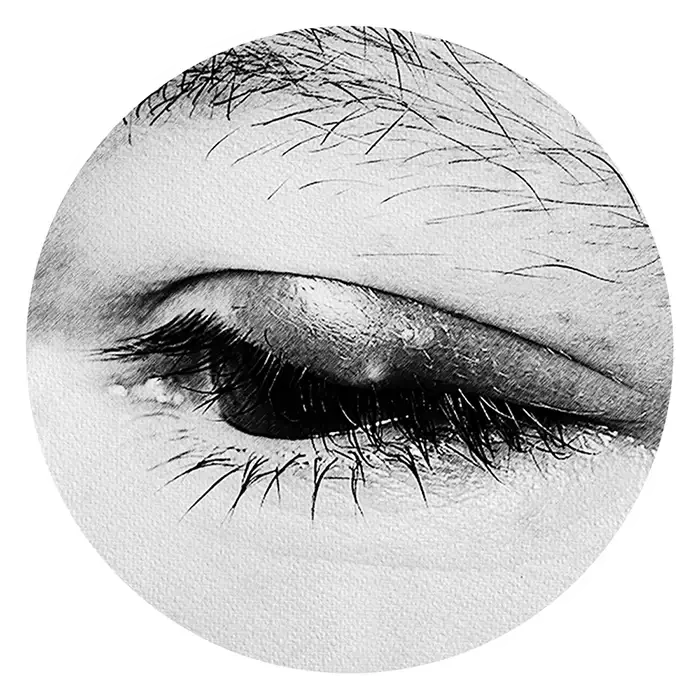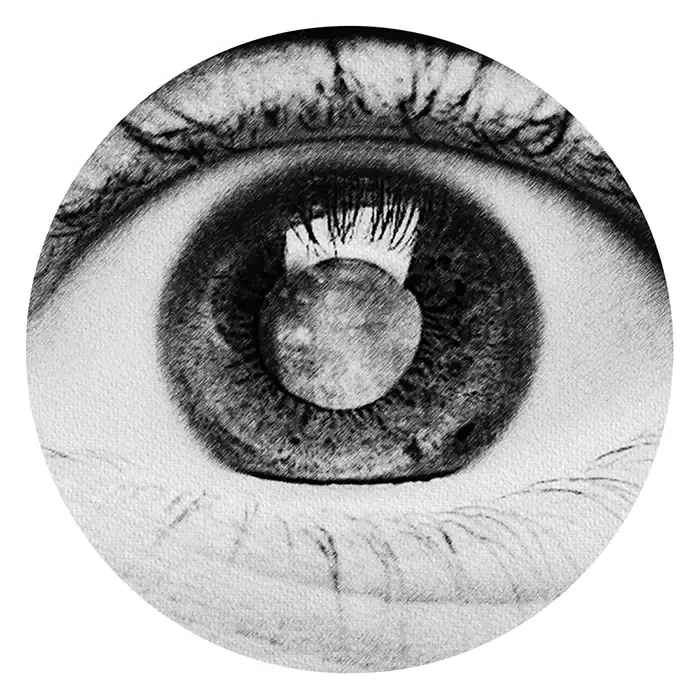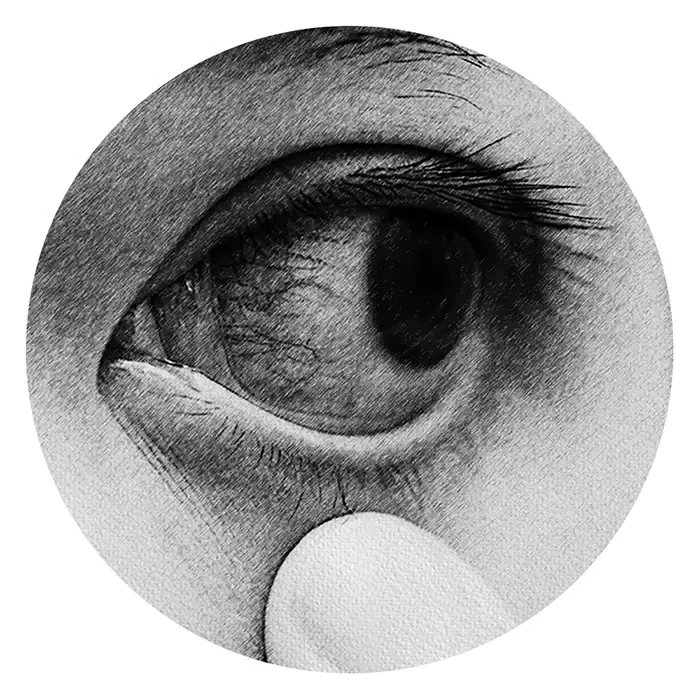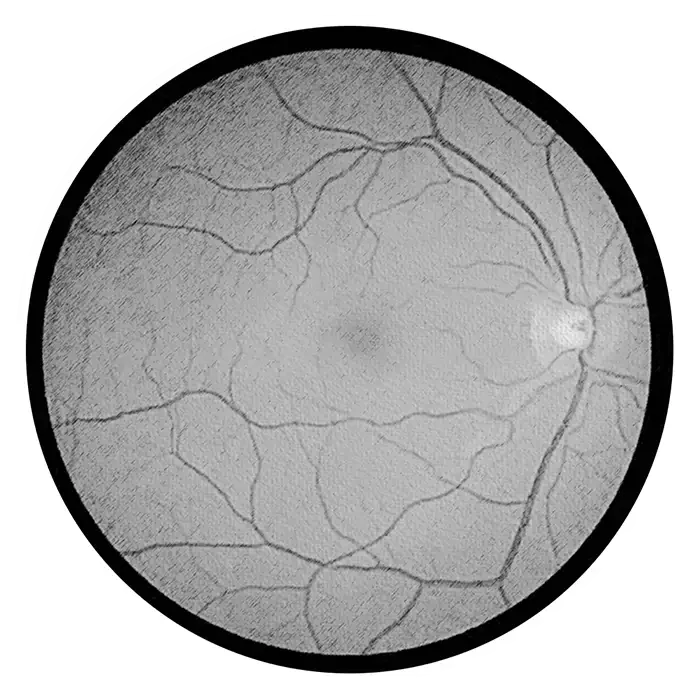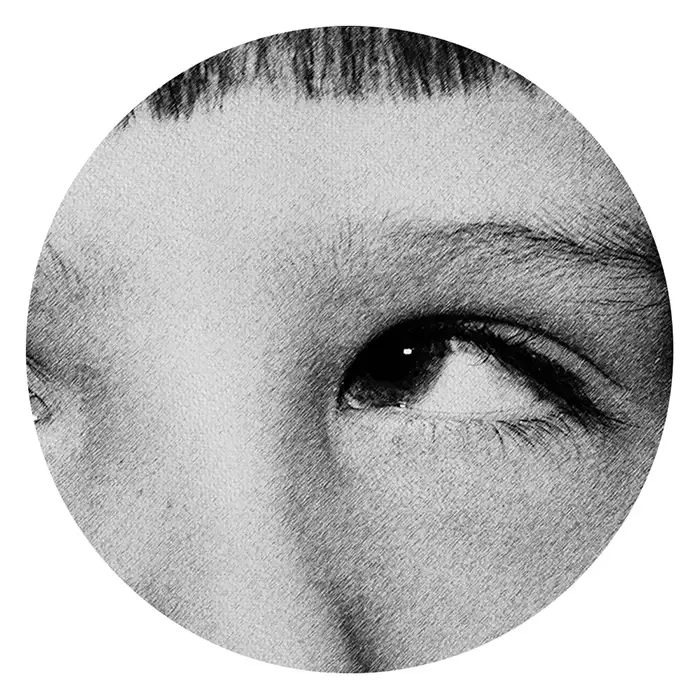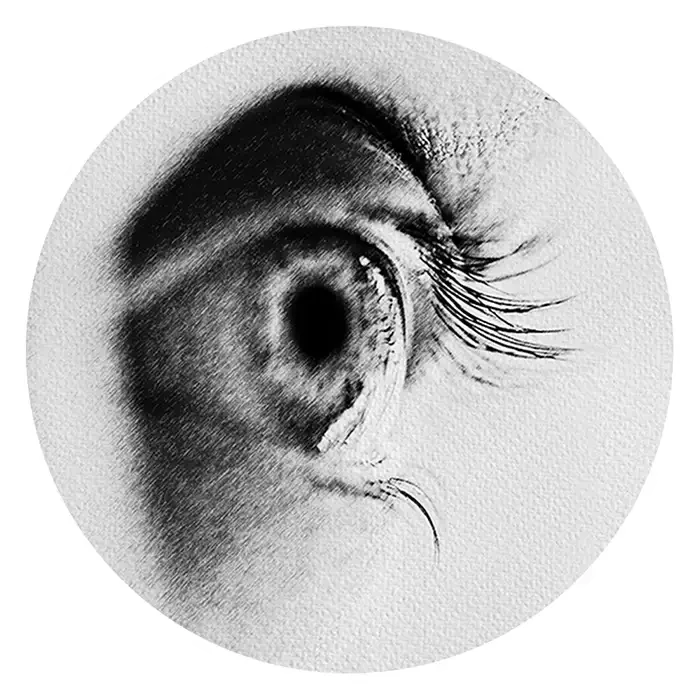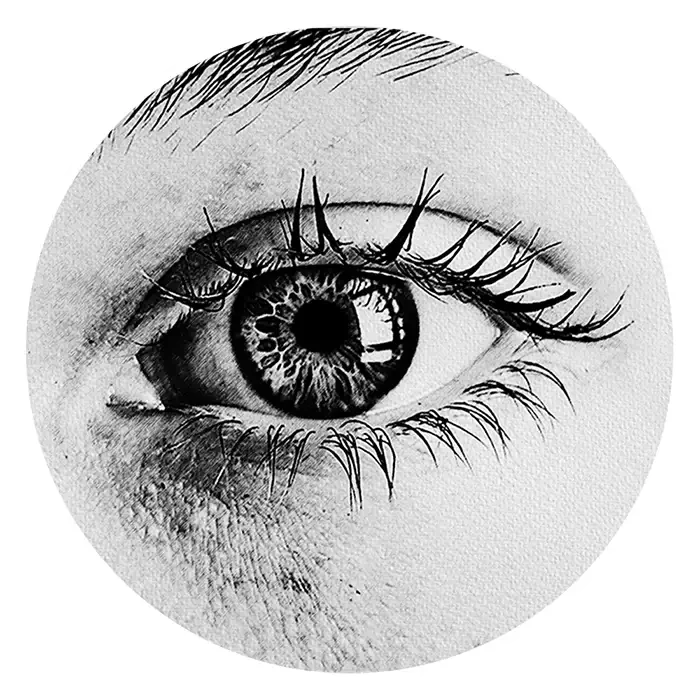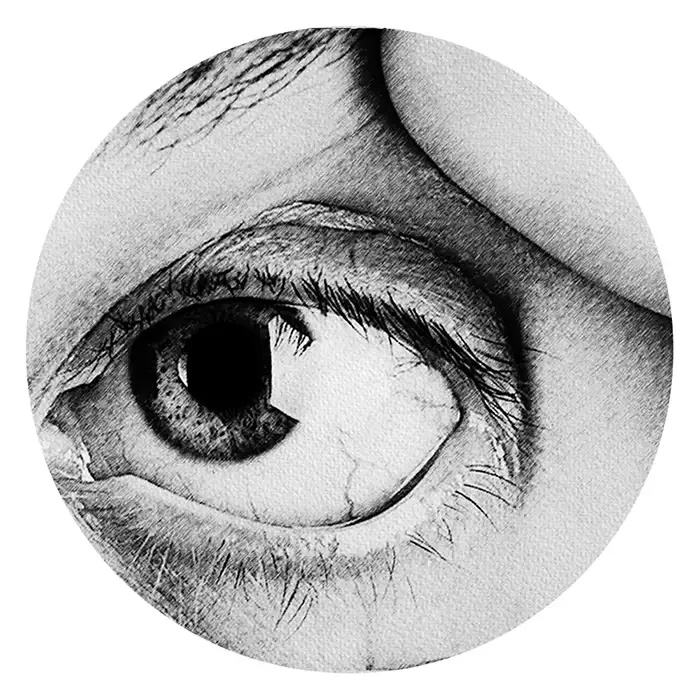Treating Retinitis Pigmentosa with Infrared Light Therapy
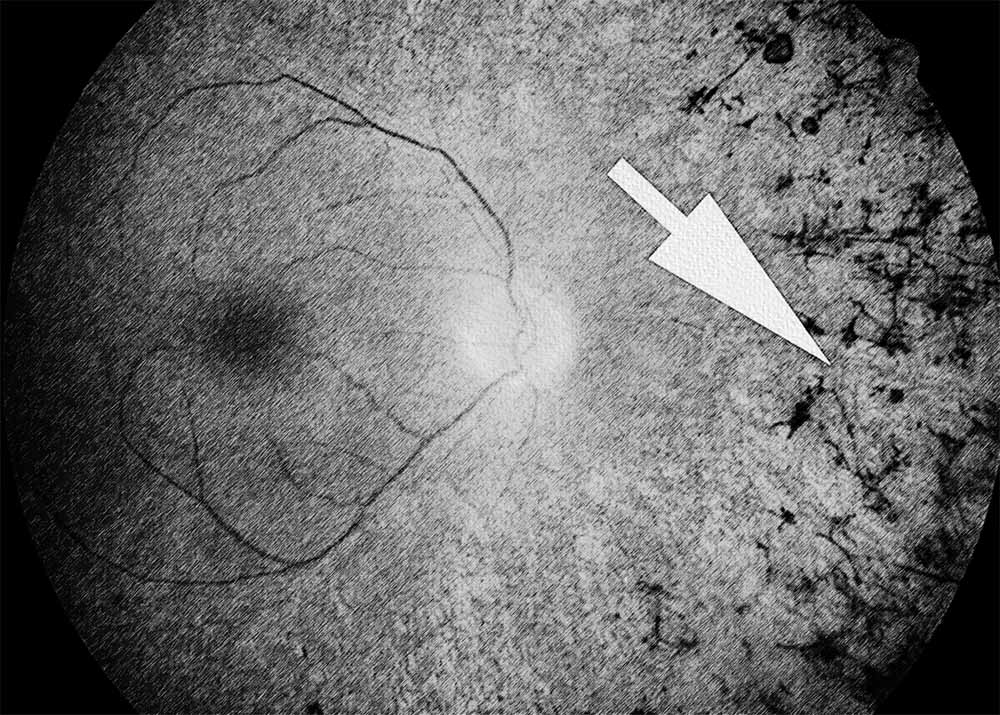
Retinitis pigmentosa (RP) is a group of inherited retinal disorders characterized by progressive degeneration of the retina's light-sensitive cells, primarily the rods, which are responsible for night and peripheral vision. This condition typically manifests in early childhood or adolescence and gradually leads to vision loss over time. There are several types of RP, including typical RP, cone-rod dystrophy, and Usher syndrome, each with varying patterns of inheritance and clinical presentations.
Diagnosing RP involves a comprehensive eye examination, including visual acuity testing, visual field assessment, electroretinography (ERG) to measure retinal function, and fundus examination to identify characteristic signs such as bone spicule pigmentation, vessel attenuation, and optic disc pallor. Genetic testing may also be conducted to identify specific gene mutations associated with RP.
While RP primarily affects the peripheral retina, leading to tunnel vision and night blindness, it can also involve the macula, the central part of the retina responsible for sharp central vision. Macular degeneration may occur in advanced stages of RP, contributing to further visual impairment. Therefore, RP shares certain similarities with macular degeneration in terms of progressive vision loss and retinal degeneration, albeit through different mechanisms.
The Retyne Infrared Eye treatment mask offers a promising approach to managing the symptoms of RP, particularly in its early to moderate stages. By utilizing program #1 on the Retyne controller, which emits focused invisible infrared light directly onto the eyes, the mask can potentially slow down the degenerative process and preserve retinal function. This therapy aims to stimulate cellular repair mechanisms, promote blood flow, and reduce inflammation, thereby providing relief from RP-related symptoms and potentially slowing disease progression.
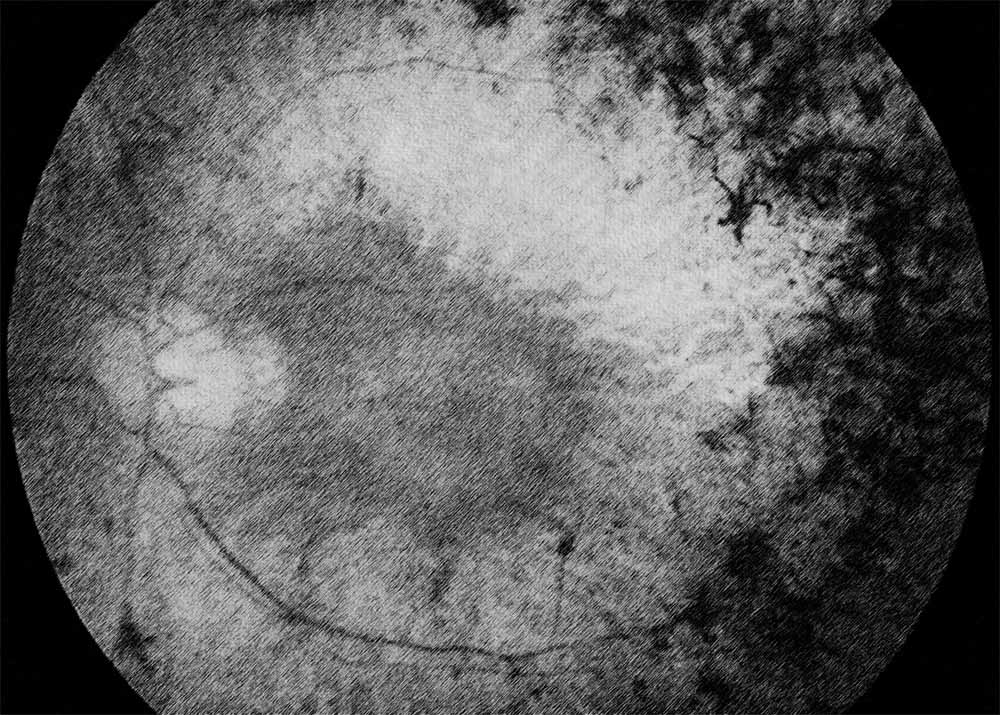
The invisible infrared light emitted by the Retyne mask penetrates deep into the retinal layers, reaching the photoreceptor cells affected by RP. This targeted approach allows for the delivery of therapeutic energy precisely where it is needed, enhancing the efficacy of treatment while minimizing potential side effects. Additionally, the non-invasive nature of infrared light therapy makes it a safe and convenient option for individuals with RP, offering hope for improved visual outcomes and enhanced quality of life.
Incorporating the Retyne Infrared Eye treatment mask into the management plan for RP can complement existing interventions such as low-vision aids, genetic counseling, and lifestyle modifications. By providing a non-pharmacological and non-surgical approach to addressing RP-related symptoms, this innovative therapy offers new possibilities for individuals living with this challenging condition. As research into infrared light therapy continues to evolve, its role in the comprehensive management of RP holds promise for improving visual function and preserving remaining vision in affected individuals.
The Retyne eye treatment mask utilizes a general selection of frequencies (0.15, 0.18, 0.8, 5.5, 33.2, 172.3, 471.2, 557.82, 603.44, 921.88) tailored to address the symptoms related to Retinitis pigmentosa . These frequencies have been meticulously chosen for their proven effectiveness in managing and treating this visual condition.
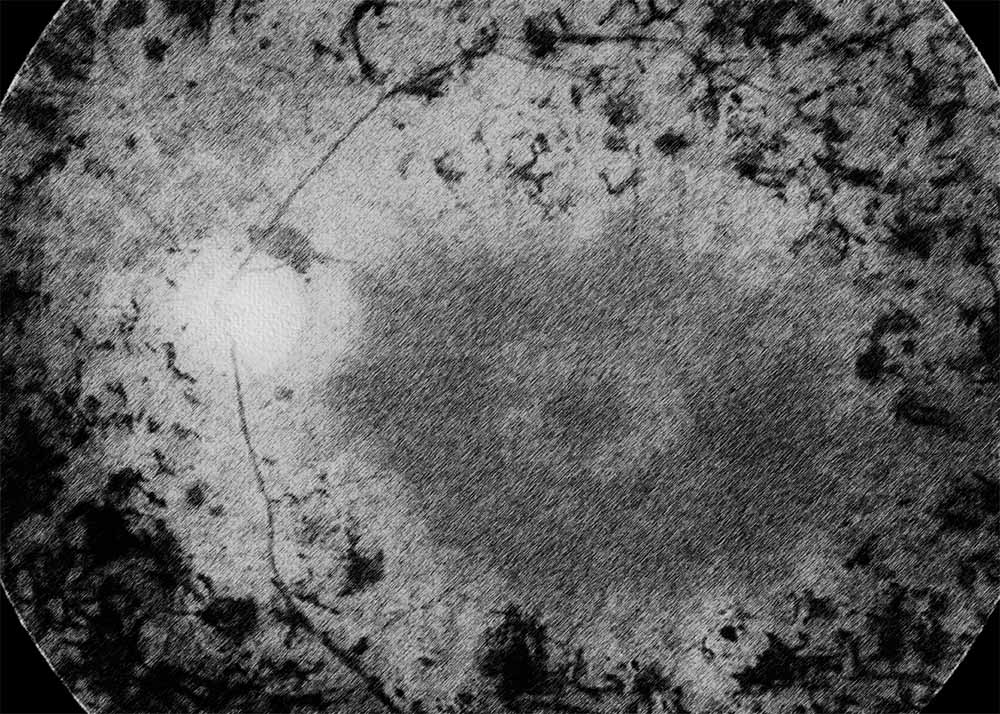
Retyne's approach involves converting each frequency into invisible infrared light output, marking a groundbreaking fusion of frequencies with light—a pioneering technology pioneered by Retyne Labs. Inspired by the groundbreaking work of Dr. Rife, who identified healing properties in specific frequencies and utilized light for their transmission, Retyne's innovative method capitalizes on current research on invisible infrared technology and builds upon past studies on light transmission through frequency sources. The result is the Retyne eye Treatment Mask, a convergence of state-of-the-art advancements in the field of visual care.
Moreover, for those utilizing advanced hardware such as the RDPV4, a secondary set of alternate frequencies for Retinitis pigmentosa: 0.02, 0.46, 0.68, 0.97, 2.5, 210.5, 500, 652.43, 759.83, 923.7 is available. The RDPv4 offers an expanded range of frequencies, finely calibrated to provide even greater precision in addressing this eye disorder. By incorporating this secondary set of frequencies, the RDPV4 elevates the potential therapeutic benefits of the Retyne eye Treatment Mask, catering to individuals seeking advanced solutions for their visual health needs.
A Retinitis pigmentosa Compatibile group exists at program 2067: (0.15, 0.18, 0.8, 5.5, 33.2, 172.3, 471.2, 557.82, 603.44, 921.88)
A Retinitis pigmentosa Alternate group exists at program 2953: Retinitis Pigmentosa: 0.15, 0.18, 0.8, 5.5, 33.2, 172.3, 471.2, 557.82, 603.44, 921.88
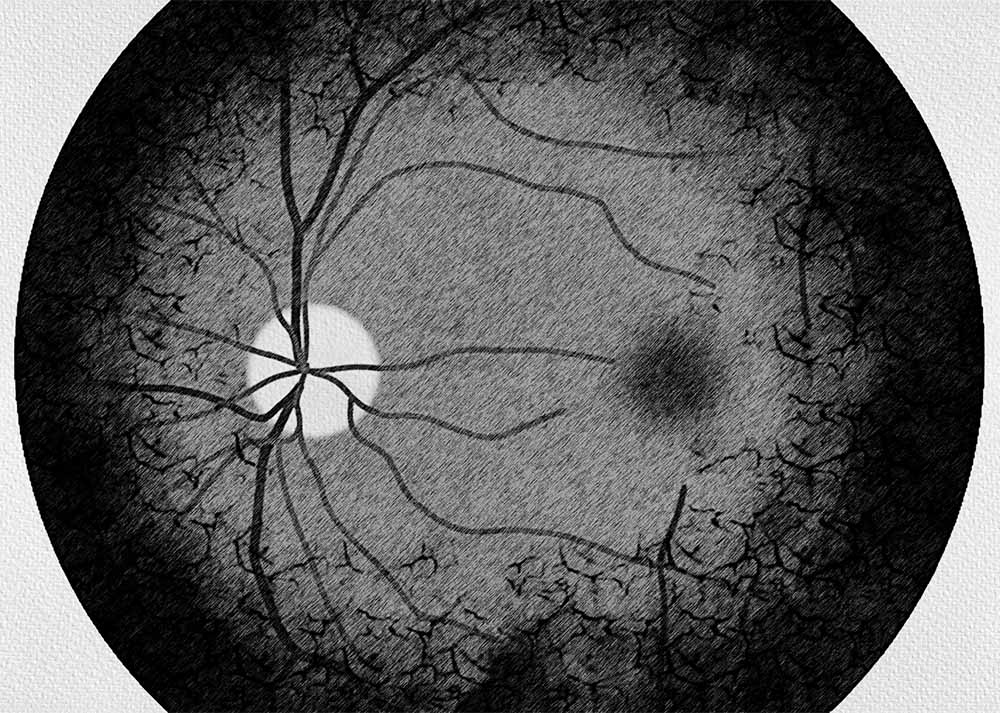
Compatibility
Standalone controller (Program #1) (Controller shipped with Retyne Eye Treatment Mask)
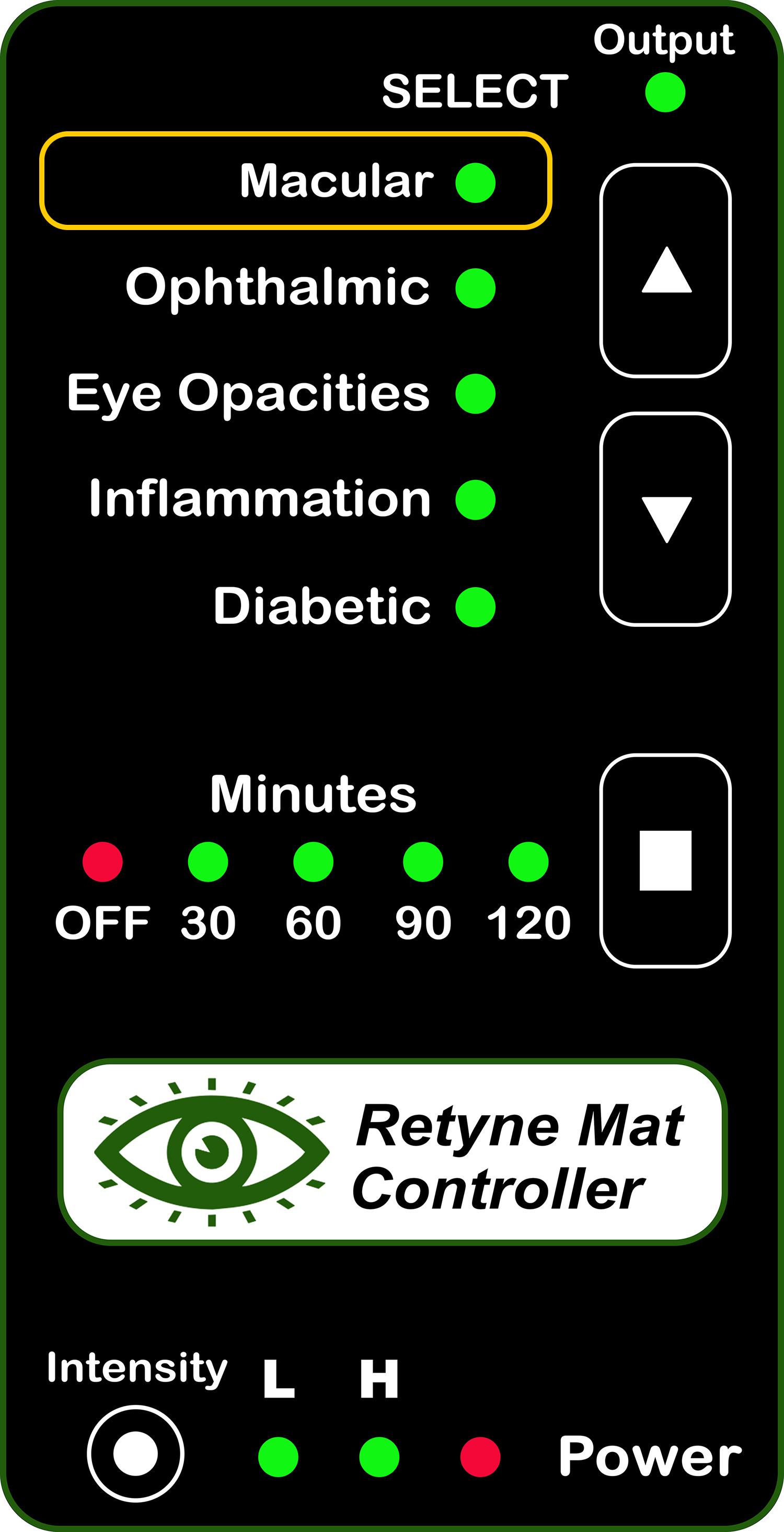
RDPV4 (Direct connect, use group 2953)
RDPV4 Light Mask Program button 1
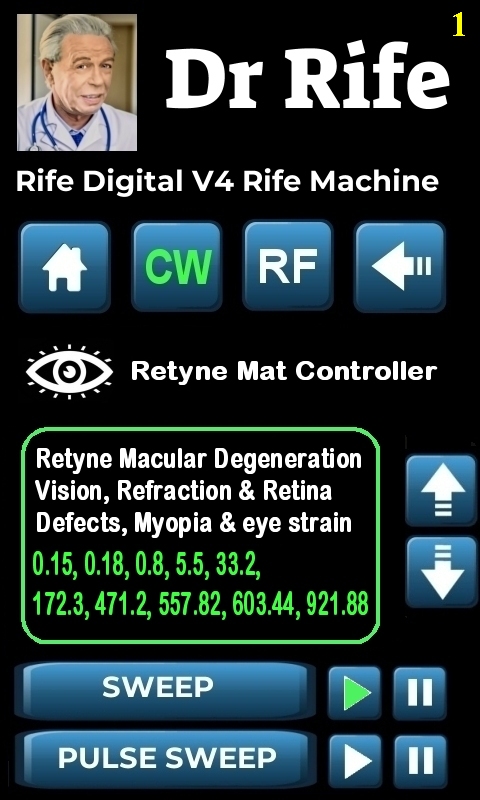
Click here for instructions on using the Retyne Mask + Controller
